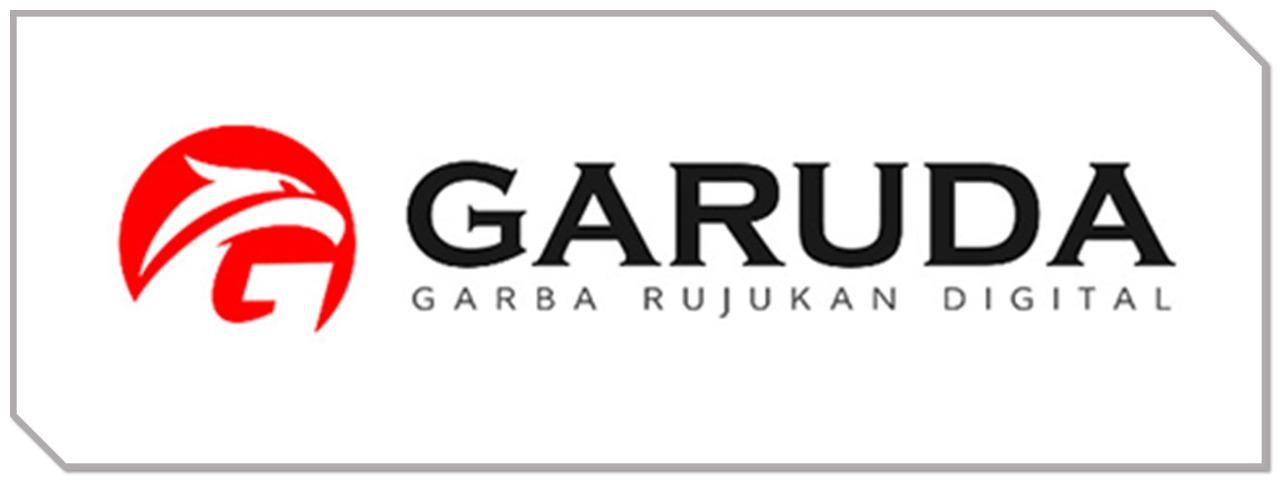Rancang Bangun Pembersih Filter Oli Turbin Uap Unit 015-T05 A
DOI:
https://doi.org/10.30588/jeemm.v8i2.1850Keywords:
oil filter, cleaning, variationAbstract
The oil filter plays a very important role in the lubrication system, where the oil filter functions as the main filter for the lubrication system. Companies that operate in the energy conversion sector use machines that operate 24 hours to produce their products. The steam turbine engine is a very influential tool. Where this tool is the driver of the pumps that distribute pressurized liquid fluid from the medium pressure process to high pressure. However, this machine has a problem, namely the engine's lubrication system is less than optimal, which is caused by manually cleaning the oil filter. The manual oil cleaning process apparently did not comply with the recommendations in the filter manufacturer's manual. Based on these problems, researchers created a design for a steam turbine unit 015-T05 A oil filter cleaner with a backwash system aimed at simplifying the oil filter cleaning process. The method used in the design of this tool is the process of basic design concepts, calculating the nozzle used, and producing the design results. Based on this method, the research produces a design that is in accordance with the specified design design. This tool was tested using three variations of cleaning fluid, namely Pertamax, thinner and methanol. Testing this tool also uses gas fluid output from the compressor with variations of 4 bar and 6.2 bar. In conclusion, this tool is able to clean the oil filter optimally, with a cleaning pressure of 6.2 bar, this tool is able to increase the cleanliness indicator of a dirty oil filter. As a result, the oil filter that was cleaned with Pertamax gasoline obtained a cleanliness value of 5.8 bar, the most optimal indicator, and was able to increase the filter's performance time by 720 hours.
References
Adnan, & etc. (2019). Analisa Kinerja Kompresor Udara dalam Mendukung Kinerja Mesin Penggerak Utama Kapal. Jurnal Marine Inside, 1, 9.
Akhmadi, A., & Q, M. T. (2020). Analisa Hasil Pengelasan 2G dan 3G Dengan bahan Plat Besi ST 40
Ketebalan 10mm dan Voltase 20-35 Menggunakakn Mesin Las MIG. Mechanical Engineering, 9(Las MIG), 26.
Bhandari, V. B. (2013). Design of Machine Element. India: Tata McGraw-Hill.
ERIKS . (1952). Sealing Element Technical Handbook O-Rings. Netherland: ERIKS Organization.
Farid, M., & Lestari. (n.d.). Perancangan dan Pembuatan Alat Vakum Pembersih Engine Cleaner pada Ruang Bakar Mobil. 14.
Parker Hannifin Corporation. (2021). Parker O-Ring Handbook. Lexington: Parker O-Ring & Engineered Seals Division.
Pipe Fabrication. (2013). Australia: WestOne Service.
Putra, H., & al., e. (2016). PENGARUH VARIASI UKURAN DIAMETER NOZZLE. Seminar Nasional Sains dan Teknologi, 1-7.
RIzkiyanto, W. R. (2018). PERANCANGAN MESIN PEMBERSIH UNTUK PART INTERNAL ALAT BERAT DENGAN SISTEM PNEUMATIK. SINTEK VOL 10. NO 1, 1-9.
Sutherland, K. (2008). Filters and Filtration Handbook. Oxford: Elsevier Ltd.
The American Society of Mechanical Engineering. (2014). Procces Piping. New York: ASME International.
Wahyudi, R., Nurdin, & Saifudin. (2019). Analisa Pengaruh Jenis Elektroda PAda Pengelasan SMAW Penyambungan Baja Karbon Rendah dengan Baja Karbon Sedang Terdahap Tensile Strenght. Welding Technology, 1(SMAW, Elektroda, Tengsile Strenght), 44.
Wiryosumarto, Harsono, & al., e. (1994). Teknologi Pengelasan Logam. Jakarta: PT Pradnya Paramita.
ZAPPE, R. W. (1998). Valve Selection Handbook. Burlington: Elsevier Science.
Downloads
Published
How to Cite
Issue
Section
License
Copyright (c) 2024 Dafa Rizki Kurniawan

This work is licensed under a Creative Commons Attribution 4.0 International License.
Authors who publish with Jurnal Engine: Energi, Manufaktur, dan Material agree to the following terms:
Authors retain copyright and grant the Jurnal Engine: Energi, Manufaktur, dan Material right of first publication with the work simultaneously licensed under a Creative Commons Attribution 4.0 International License that allows others to share (copy and redistribute the material in any medium or format) and adapt (remix, transform, and build upon the material) the work for any purpose, even commercially with an acknowledgment of the work's authorship and initial publication in Jurnal Engine: Energi, Manufaktur, dan Material. Authors are able to enter into separate, additional contractual arrangements for the non-exclusive distribution of the journal's published version of the work (e.g., post it to an institutional repository or publish it in a book), with an acknowledgment of its initial publication in Jurnal Engine: Energi, Manufaktur, dan Material. Authors are permitted and encouraged to post their work online (e.g., in institutional repositories or on their website) prior to and during the submission process, as it can lead to productive exchanges, as well as earlier and greater citation of published work (See The Effect of Open Access).


















